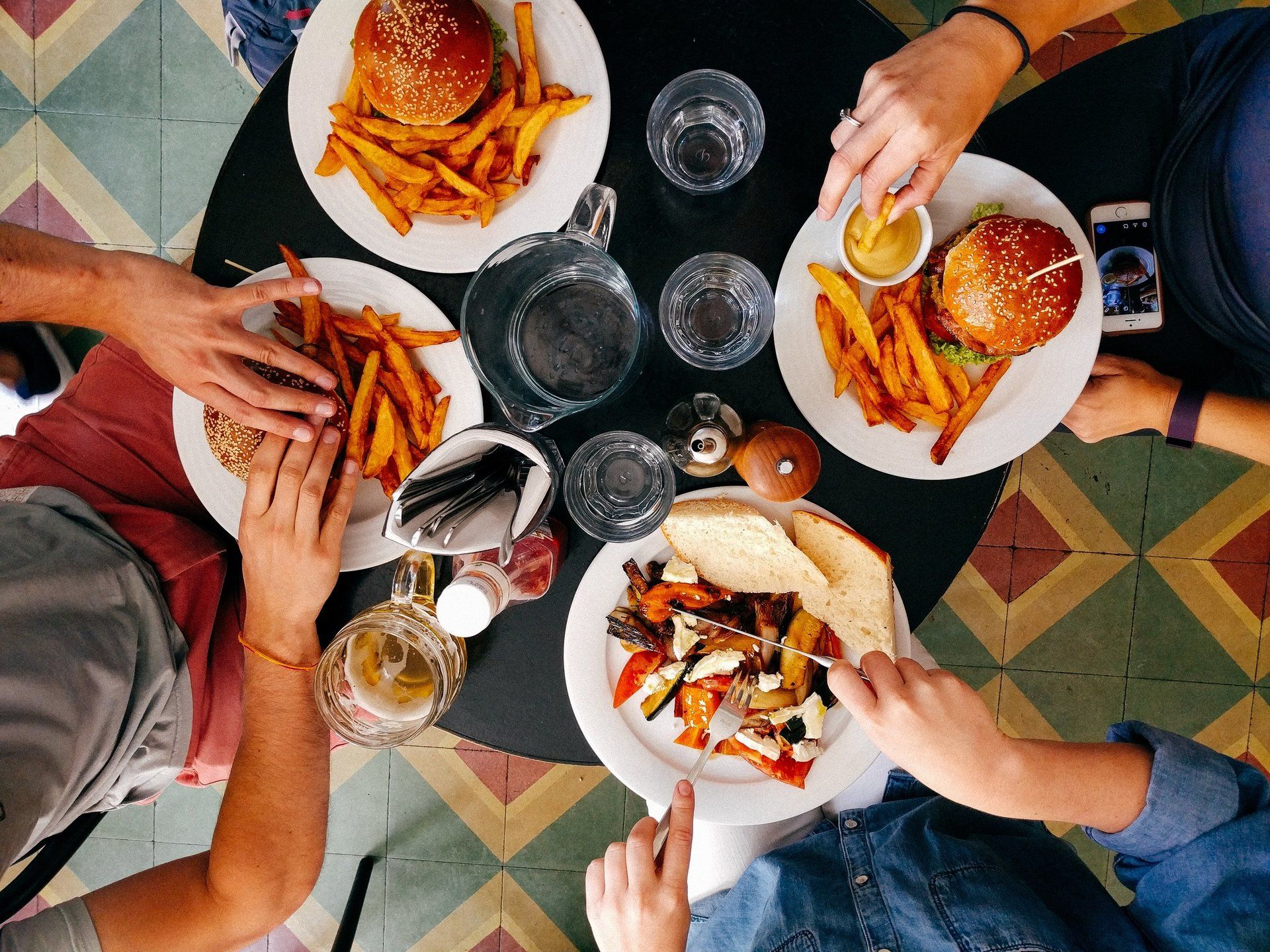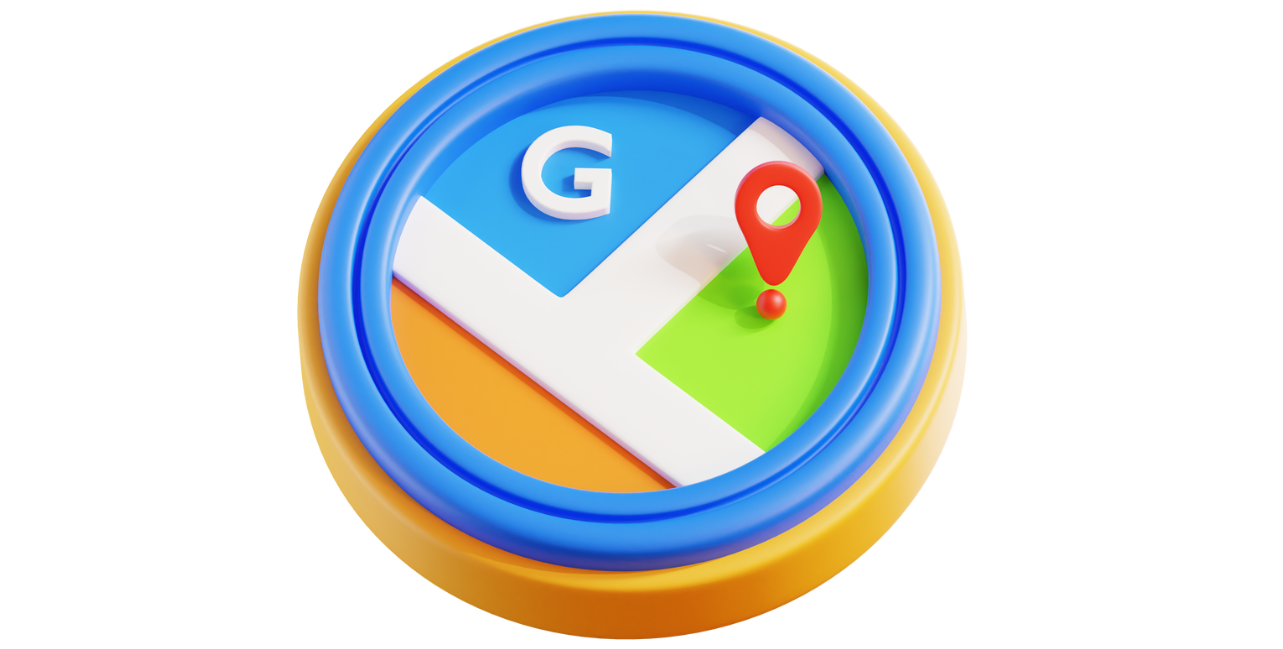6 Successful Strategies for Restaurant Digital Marketing
There was a time not too long ago when restaurant marketing meant placing an ad in a local publication, handing out some flyers, or maybe mailing out a postcard. While all of these techniques are still valid and should be used when appropriate as part of an overall marketing strategy, the landscape has shifted dramatically for effective restaurant marketing, and digital is now the go-to medium. In this article we will discuss the key components of successful restaurant digital marketing and offer some proven dos and don’ts. You customers are online…you should be too!
1 - WEBSITES
All restaurants (and all businesses for that matter) should have a website—and not the kind that you make in an hour and never update. Your website should have a fast load time and be easy to navigate. It should let potential customers know quickly and clearly what you offer. Some good examples of effective restaurant websites are
McCray’s Tavern and
Mac's Chophouse.
Here are more tips for creating a website that converts browsers to customers:
- Invest in great pictures! Use a professional photographer if necessary. You are in the food business—use photos that make the viewer salivate! Twisted Taco successfully uses this strategy.
- On your homepage, tell the viewer what your restaurant has to offer, but keep it brief! No one wants to read an essay when they first enter your site. Save the fun yet lengthy details for your about page.
- Make sure that your menu, hours of operation, and address are easy to find.
- Consider putting a blog or even a video on your site. Use keywords in the blog to help get found by search engines and drive visitors to your site.
- MAKE SURE YOUR SITE IS MOBILE FRIENDLY! Over 70% of your potential customers are using their mobile devices to search for dining options. Your website should be built in a “responsive” mode so that it will convert to a mobile or tablet screen for easy viewing.
2 - SEO / LOCAL SEARCH / PPC
What good is a beautiful website if no one can find it? How do you become visible? The answer is search engine optimization, or SEO. This process consists of several techniques and ongoing procedures such as link-building and back-end website construction to ensure your website ranks for keywords related to your business. In addition to “organic” SEO, the following are key components of getting found online:
- Local search. Think “Google” and the little “mini page” that pops up with the business name, some pictures, hours of operation etc. This is critical for local restaurants. For example, McCray’s Tavern in Smyrna will want to rank highly if someone searches for “taverns in Smyrna.” As another example, if you are a taco restaurant in Johns Creek like Twisted Taco, you will want to be shown first in the search results list from “tacos Johns Creek."
- Be displayed in directory listings like Yelp and TripAdvisor. You want to make sure all of your restaurant information is correct and up to date in all of these. There are services like Yext and Moz Local that can assist you with this.
- Pay per Click (PPC). This is exactly what the name implies. You determine keywords you want to rank for and then allot a budget to pay for them when someone clicks on them. PPC should be done in conjunction with an SEO search campaign. ClickReady is considered a top 10 PPC Management company!
3 - SOCIAL MEDIA
Social media continues to grow and evolve as a key ingredient to successful restaurant digital marketing, but to effectively utilize it you need to understand what it is and what it is not. Social media is not a pure advertising platform. Think of it more as a daily conversation you have with your neighbor-- you discuss topics of interest to you both, you share information, and there is give and take. It is not all one sided.
The two most important social media platforms for restaurants are Facebook and Instagram. For the purpose of this article, we are going to focus more on Facebook, but many of the same techniques can be applied to Instagram. When planning your social media posts, here are 3 guidelines to keep in mind:
- Inform, don’t “sell”
- Engage. Be creative, make your posts interesting
- Get involved! Keep up with the events, concerts, etc. in your community
Here some ideas for successful social media strategies that have been used by many restaurants:
- Use brand posts that tell a little about your restaurant. Include pictures with patrons enjoying a meal or drinks. Don’t forget to get permission to use their names!
- If you have specials , inform your followers of them by posting an inviting picture of the special and a brief description. Include a link to either your menu or to reserve a table online.
- Inform your followers of events in the community and get involved with those events. Posts like these are likely to be shared and increase your followers.
- Create a meet the staff campaign and introduce a new employee every week or so with a picture of them at work and some fun (but not too personal) information about them.
- Create a secret password special and promote the date that your followers have to visit a specific page on your site in order to get the password to use for the special.
- Use hashtags
4 - EMAIL
E-mail is still very important in digital marketing. In fact, some studies have shown that it is still the most effective form of digital marketing for conversions. Unlike social media, email allows you a much greater opportunity to gather personal data about your customers so you can market directly to them. Recommendations for a successful email program include:
- Using a good email service that can manage your data base for you.
- Creating and utilizing a sign up card to get first name, email address, birthday and anniversary (if applicable) of all email members.
- Having a visible email sign-up form on your website.
- Offering your customers an incentive for signing up, e.g. a free appetizer will be sent to them upon verification of their email.
- Sending your email members a certificate for a free meal on their birthday—no strings attached. Encourage them to take a picture while enjoying their birthday meal and use it on social media to promote signing up for your email list.
- Making the content interesting. Offer a special. Make these folks feel like “insiders.”
- Including a link to your menu and website on every email you send out.
- Inviting your email members to follow you on Facebook and Instagram.
- Not abusing their trust in you. Do not overwhelm them with e-mails—two a month is just right.
5 - Reputation Management
Every diner is a restaurant critic today. It is imperative to constantly review sites like Google and Yelp, as well as social media to identify any potentially damaging comments or reviews and to deal with them quickly and effectively. Likewise, it is important to thank a patron who has taken the time to write a good review or comment. Peer recommendations are more valuable than nearly any advertising today. Negative comments can be very detrimental. Keeping a watch on your online reputation is critical.
6 - Loyalty Apps/ Online Ordering
A growing number of restaurants are using online apps for customer loyalty programs and online ordering. There are plenty of companies that offer these. For the restaurants who choose to use these (and there are many good programs available), you need to make sure you are able to effectively manage the program. Many restaurants are quite successful with these, while others will get better results from more traditional loyalty programs like punch cards or key chain tags.
Congratulations! You’re A Restaurant Digital Marketing Master!
Some restaurants are implementing all of these with great success, while others are doing little to none. The majority of restaurants are somewhere in between. Just remember than when you are developing and implementing your own restaurant digital marketing strategies, that all of it should be integrated— all elements should work together to deliver a consistent message and to achieve a specific goal. Some restaurants take on this challenge alone, but many determine that they need an experienced digital marketing firm to maximize their results. Whichever path you choose, remember why you opened your restaurant in the first place— to serve great food, to give great service, and to create good times and happy diners. If you are successful with this, digital marketing is the icing on the cake!











